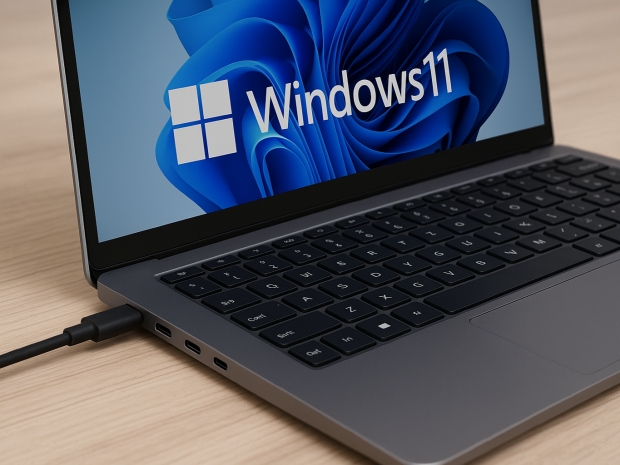Now Vole says it will sort the mess with its updated Windows Hardware Compatibility Program for Windows 11.
According to Microsoft senior product manager Ugan S, the new initiative will make sure every USB-C port on new Windows 11 machines will support data transfer, charging, and display output. This will mean no more guessing which side of your overpriced laptop to plug a charger into.
Ugan S said: "The problem isn’t the port but "the inconsistent implementations of USB-C port capabilities across the PC ecosystem." So that’s vendors being cheap or clueless.
To fix it, Microsoft will now require WHCP-certified machines to have fully functioning USB-C ports. This includes mandatory support for all three core functions on every port. If your new Windows 11 laptop has USB-C ports on both sides, you can now plug in a charger or external display wherever you like.
Microsoft’s blog also outlines that USB 40Gbps ports will now be fully compatible with USB4 and Thunderbolt 3 peripherals. There’s still variation though. USB 3.X ports will lag behind in data rates, power delivery, and display support. USB4 is still the one to go for if you’re throwing serious gear at your laptop.
There’s also a fresh demand for USB-IF certified silicon in PCs, along with a new driver stack requirement. Microsoft will validate USB controllers using its own drivers, ensuring updates come in through Windows Update rather than the back alleys of vendor support pages.
All this is being handled through Microsoft’s Hardware Lab Kit, which is constantly updated with every Windows release. Supposedly. We’ll see how long vendors take to mess this up again.




